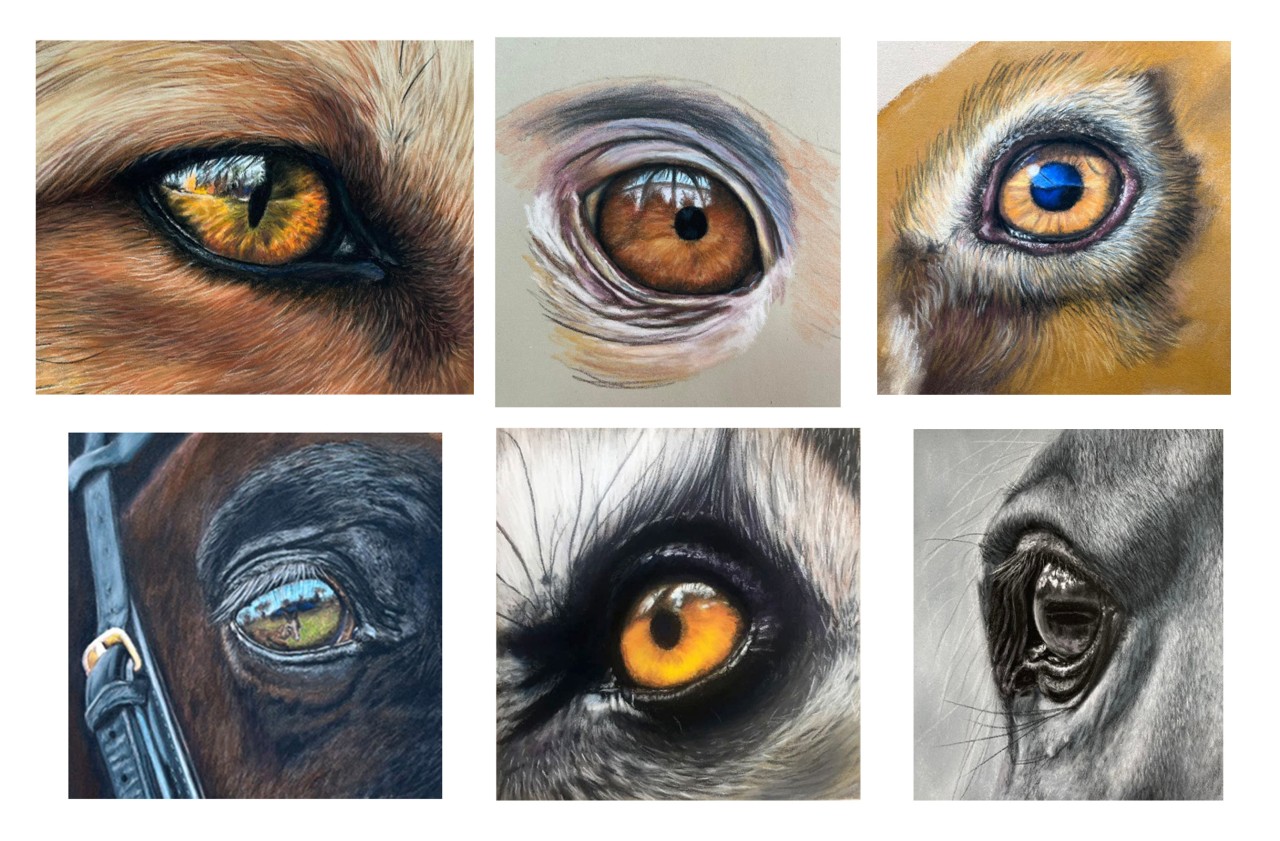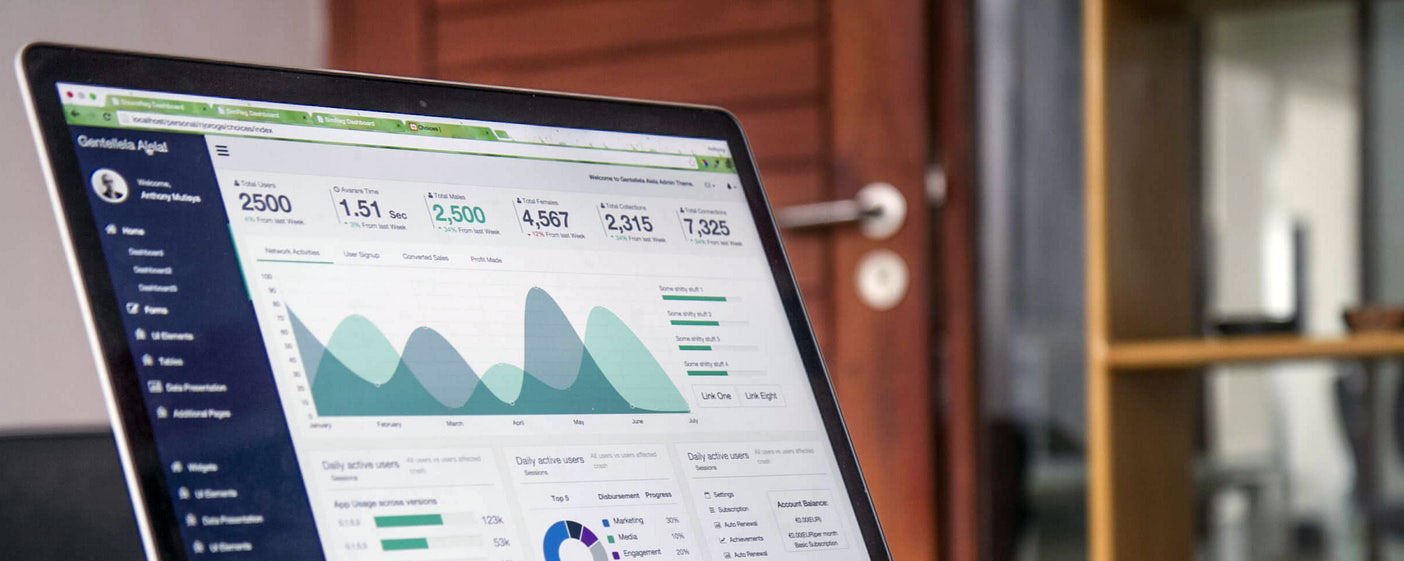Tips for Drawing Realistic Animal Eyes
Learn how to draw realistic animal eyes with tips on anatomy, reflections, and techniques to bring your artwork to life.
Mastering the Art of Drawing Realistic Animal Eyes
Drawing realistic animal eyes is a skill that can elevate your artwork from good to breathtaking. As an animal artist, capturing the essence of an animal often begins with the eyes, as they are the windows to the soul and can convey the entire emotion and story of your piece. In this blog post, I’m sharing some of my favorite tips and techniques to help you draw lifelike, captivating eyes in your animal portraits.
Understanding the Anatomy of Animal Eyes
Before diving into the techniques, it's essential to understand that animal eyes vary significantly in shape, color, and detail. Whether you’re drawing a cat, horse, or dog, knowing the specific characteristics of each type of eye will help you achieve realism.

- Cats: Cat eyes are fascinating because their pupils can dramatically change in shape, from a narrow slit in bright light to a large, round pupil in low light. This feature can be used to convey different emotions or settings in your artwork. Cat eyes also come in a wide range of colors and often have intricate details that make them a joy to draw.
- Horses: Horse eyes are unique because they have horizontal, oblong-shaped pupils. These eyes protrude slightly from the skull, which means they capture a lot of reflections from their surroundings, making them ideal for adding depth and storytelling elements to your drawings.
- Dogs: Dog eyes are more similar to human eyes, with round pupils and a generally almond shape. Most dog eyes are shades of brown, but some breeds, like huskies, can have striking blue eyes. The familiarity of dog eyes can create an immediate connection with the viewer, making them an important focal point in your pet portraits.
The Importance of Reflections

Reflections are more than just a few dots of white—they can tell a story. Whether it's the sky, trees, or even another animal reflected in the eye, these details add a layer of realism and intrigue to your work.
For example, if you’re drawing a horse’s eye, you might capture the reflection of the surrounding landscape, which could include blue sky, green grass, or even a hint of a foal in the distance. These reflections not only enhance the realism but also allow the viewer to imagine the broader scene in which the animal exists.
When adding reflections, consider the following:
- Use colors that reflect the environment: If the animal is outdoors, incorporate blues from the sky or greens from the foliage.
- Break up reflections with details: Avoid drawing a simple white blob as a reflection. Instead, add tiny lines or shapes that suggest branches, trees, or other elements, which will make the reflection more believable.
Technique Tips for Realistic Eyes
- Start with the Reflections: Begin by blocking in the reflections using a white pastel pencil, even if they won’t stay white. This helps you maintain the brightness of these areas throughout the drawing process.
- Pay Attention to the Pupil: The pupil is the darkest part of the eye, but avoid using pure black alone, as it can appear flat. Instead, mix in deep blues or purples to give the pupil more depth and richness.
- Work in Layers: Block in the colors of the iris with pastel sticks, pushing the pigment into the paper for a smooth base. Then, gradually build up the details with pastel pencils, layering to achieve a smooth, glass-like finish.
- Consider Light and Shadow: The top of the iris is usually darker due to the shadow cast by the eyelid or brow bone. Also, the area opposite the main reflection is often lighter, as light passes through the eye and exits on the opposite side.
- Direction of Strokes: When drawing the iris, use strokes that radiate towards the pupil. This mimics the natural texture of the eye and helps create a more realistic look.
- Final Touches: To achieve a smooth, reflective surface, glaze over the iris with a pastel pencil. This helps blend the layers and enhances the eye’s glossy appearance.
Putting It All Together

Drawing realistic animal eyes is all about observation and attention to detail. By understanding the unique features of each type of eye and using reflections and shadows to your advantage, you can create eyes that not only look realistic but also tell a story.
Remember, the eyes are often the focal point of an animal portrait, so take your time to get them right. With practice, you’ll find that capturing the soul of the animal through its eyes becomes one of the most rewarding aspects of your artwork.
If you’d like to dive deeper into this topic, I’ve created a downloadable PDF guide that walks you through drawing realistic animal eyes, complete with step-by-step instructions and tips.
CLICK HERE TO DOWNLOAD THE PDF
Happy drawing!
Kerri xx
PS: Ready to take your artistic journey to the next level?
Start by joining our vibrant Facebook Group community today, then click the link below to get started on my FREE Beginners Guide to Soft Pastel Video Series!
Click the link here to start your pastel adventure!
Categories: : art, beginner, educational
 Kerri Dixon
Kerri Dixon 
